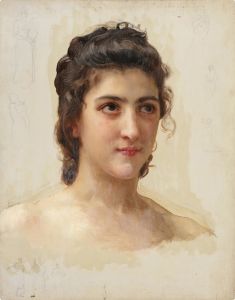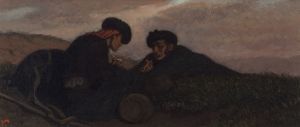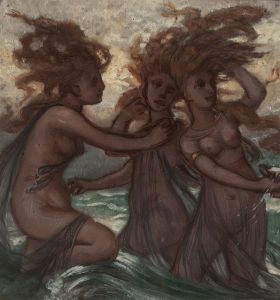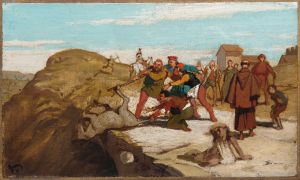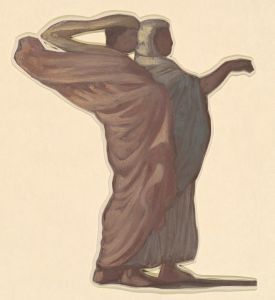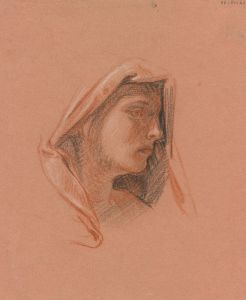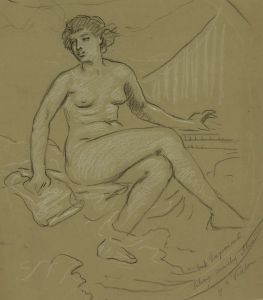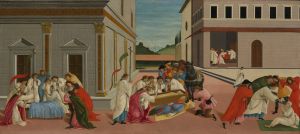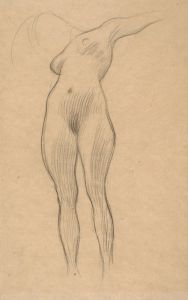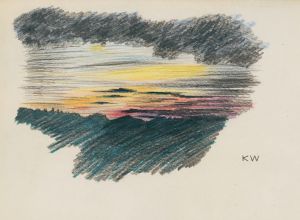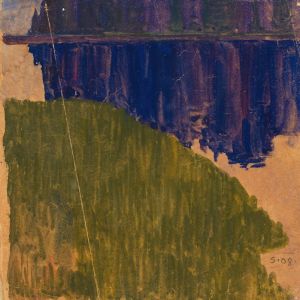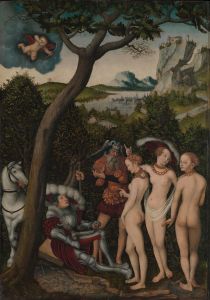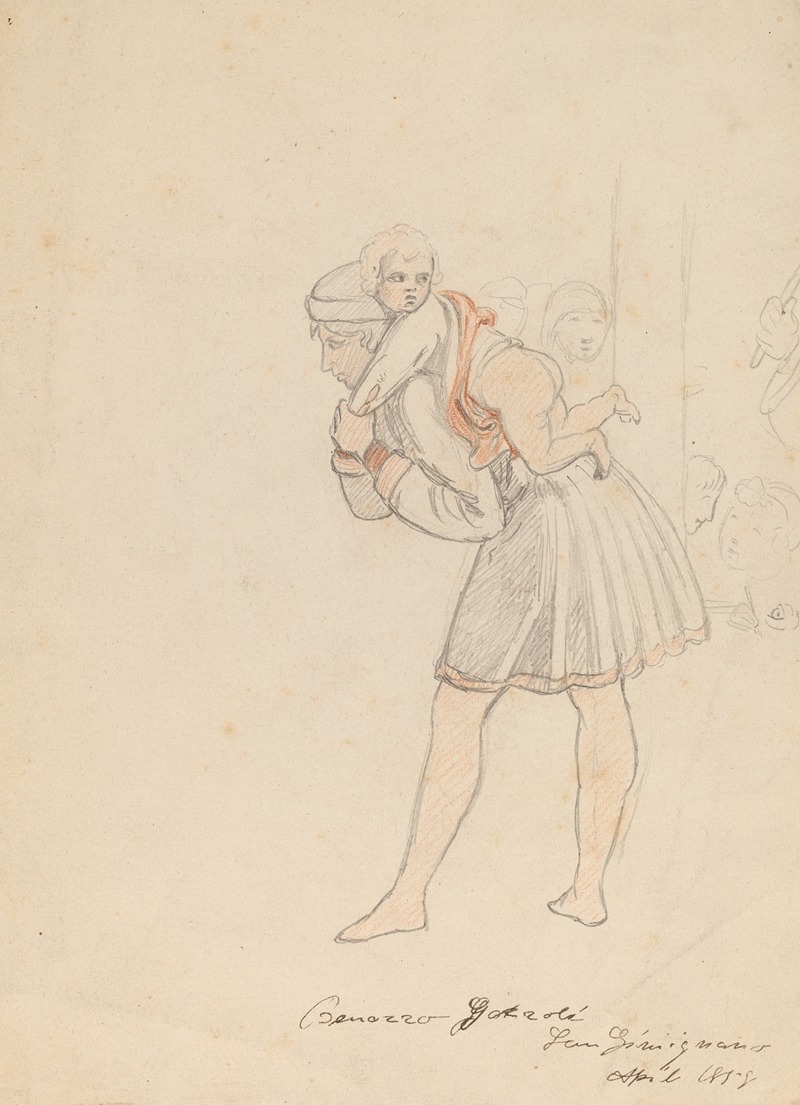
Study after Gozzoli
A hand-painted replica of Elihu Vedder’s masterpiece Study after Gozzoli, meticulously crafted by professional artists to capture the true essence of the original. Each piece is created with museum-quality canvas and rare mineral pigments, carefully painted by experienced artists with delicate brushstrokes and rich, layered colors to perfectly recreate the texture of the original artwork. Unlike machine-printed reproductions, this hand-painted version brings the painting to life, infused with the artist’s emotions and skill in every stroke. Whether for personal collection or home decoration, it instantly elevates the artistic atmosphere of any space.
"Study after Gozzoli" is a painting by the American artist Elihu Vedder (1836–1923), a prominent figure associated with the Symbolist movement. Vedder, known for his mystical and allegorical works, often drew inspiration from a variety of sources, including classical art, literature, and Renaissance masters. This particular work reflects his engagement with the art of the Italian Renaissance, specifically the frescoes of Benozzo Gozzoli (c. 1421–1497), an Italian painter celebrated for his richly detailed and vibrant compositions.
The painting is believed to be a study or interpretation of Gozzoli's work, though the exact fresco or artwork that inspired Vedder is not definitively identified. Gozzoli is best known for his fresco cycle in the Medici Chapel of the Palazzo Medici-Riccardi in Florence, particularly "The Journey of the Magi," which features intricate landscapes and a procession of figures. Vedder's study may have been an attempt to capture or reinterpret the stylistic elements, themes, or figures from Gozzoli's oeuvre, showcasing his admiration for the Renaissance master's artistry.
Elihu Vedder spent a significant portion of his career in Italy, where he was deeply influenced by the country's artistic heritage. His time in Italy allowed him to study the works of Renaissance artists firsthand, and this exposure profoundly shaped his artistic style. "Study after Gozzoli" exemplifies Vedder's practice of engaging with historical art to inform his own creative vision, blending traditional techniques with his unique Symbolist sensibilities.
The medium, dimensions, and current location of "Study after Gozzoli" are not widely documented, and further details about the painting's creation or provenance remain scarce. However, it is consistent with Vedder's broader body of work, which often includes studies and reinterpretations of classical and Renaissance art.
As with many of Vedder's works, "Study after Gozzoli" reflects his fascination with the interplay between past and present, as well as his ability to infuse historical references with a personal and imaginative touch. The painting serves as a testament to Vedder's role as a bridge between the artistic traditions of the Renaissance and the emerging Symbolist movement of the 19th century.





